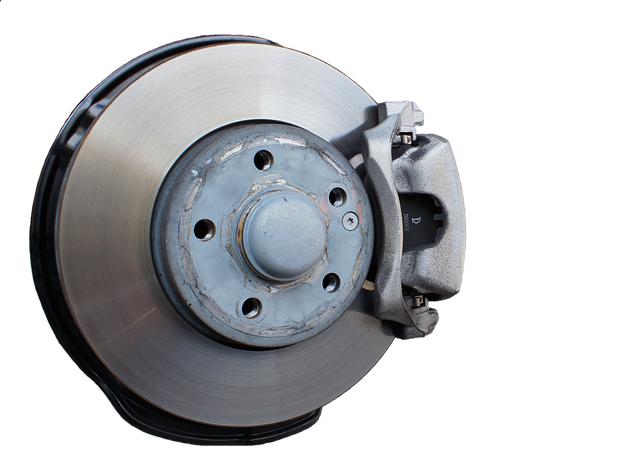When it comes to vehicle maintenance, few issues demand as much immediate attention as brake repair. Your brakes are the unsung heroes of safe driving, quietly ensuring you can stop on a dime when it counts most. But when those critical components start to falter, a pressing question arises: how much will fixing them set you back? Understanding the cost of brake repair is essential not only for budgeting but for making informed decisions about your car’s safety and longevity. In this article, we’ll break down the factors influencing brake repair costs, typical price ranges, and tips to help you navigate this often unexpected expense with confidence.
Table of Contents
- Understanding the Key Components Affecting Brake Repair Prices
- Common Types of Brake Repairs and Their Typical Costs
- How Vehicle Make and Model Influence Brake Repair Expenses
- Signs Your Brakes Need Repair Before Costs Escalate
- Tips for Choosing Affordable and Reliable Brake Repair Services
- Evaluating When to Repair Versus Replace Brake Components
- Q&A
- Closing Remarks
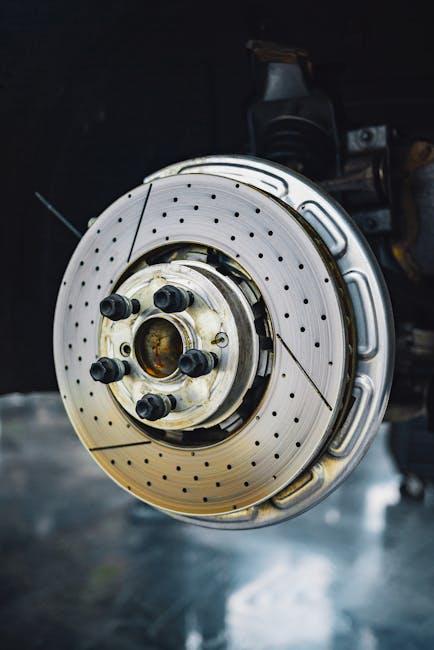
Understanding the Key Components Affecting Brake Repair Prices
Brake repair costs aren’t one-size-fits-all, mainly because several variables come into play when determining the final price. Vehicle make and model significantly influence the cost — luxury cars or models with advanced braking systems often demand pricier components and specialized labor. Additionally, the type of brake parts needing replacement matters. For instance, replacing brake pads tends to be more affordable than repairing rotors or calipers, which can require more intricate work and higher-end parts.
Labor charges also vary widely based on location and the complexity of the repair. Urban areas with higher living costs typically have elevated labor rates, while smaller towns might offer more budget-friendly options. Take note of these key factors affecting the price:
- Type of brake repair needed: pads, rotors, calipers, or fluid flush
- Quality of replacement parts: aftermarket vs. OEM (Original Equipment Manufacturer)
- Labor rates: depending on shop expertise and geographic location
- Extent of damage or wear: minor fixes vs. comprehensive brake system overhaul
| Component | Typical Cost Range | Average Labor Time |
|---|---|---|
| Brake Pads | $100 – $250 | 1 – 2 hours |
| Rotors | $150 – $400 | 2 – 3 hours |
| Calipers | $200 – $500 | 3 – 4 hours |
| Brake Fluid Flush | $70 – $120 | 0.5 – 1 hour |
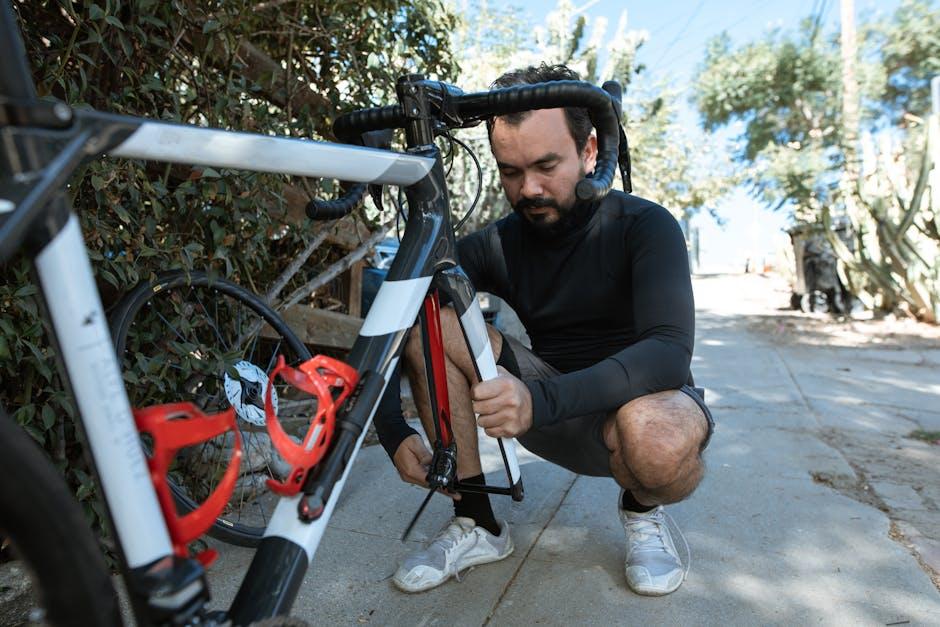
Common Types of Brake Repairs and Their Typical Costs
When it comes to brake repairs, costs can vary widely depending on the issue at hand. Common repairs range from a simple brake pad replacement to more involved procedures like rotor resurfacing or caliper repairs. Brake pads typically cost between $100 to $300, making them one of the more frequent and affordable fixes. However, if the brake rotors are worn out or warped, they may need resurfacing or replacement, which can run anywhere from $150 to $400 per axle. Caliper repairs or replacements usually cost a bit more, often ranging from $200 to $500, depending on your vehicle model and labor charges.
Costs can add up quickly if multiple components require attention, so it’s crucial to diagnose the issue early. Here’s a quick overview of typical brake repair types alongside their average price range:
| Brake Repair Type | Average Cost Range |
|---|---|
| Brake Pad Replacement | $100 – $300 |
| Rotor Resurfacing/Replacement | $150 – $400 |
| Caliper Repair/Replacement | $200 – $500 |
| Brake Fluid Flush | $70 – $120 |
| Brake Line Repair | $150 – $350 |
Budgeting for brake repairs is easier when you understand these common types and their typical costs. Always consult a trusted mechanic to get a precise estimate tailored to your brake system’s condition.

How Vehicle Make and Model Influence Brake Repair Expenses
When it comes to brake repair costs, the make and model of your vehicle play a pivotal role in determining the final bill. Luxury cars, sports vehicles, and imported models often feature advanced braking systems that demand specialized parts and expert installation—this can significantly elevate repair expenses. Conversely, standard models from domestic manufacturers may use more widely available components, leading to a generally lower cost for parts and labor. The complexity and technology incorporated in braking systems, such as ceramic pads versus traditional metals or adaptive braking technologies, also add layers of cost variability.
Factors Influencing Brake Repair Costs by Vehicle Type:
- Availability of Parts: Rare or custom parts drive prices higher.
- Brake System Technology: Advanced systems like ABS or regenerative braking increase expertise and equipment needs.
- Labor Time: Some models require more labor-intensive procedures due to layout or engineering.
- Brand Premiums: High-end brands often come with pricier service fees and components.
| Vehicle Type | Average Brake Repair Cost | Typical Factors |
|---|---|---|
| Economy Cars | $150 – $300 | Standard parts, straightforward repair |
| Luxury Vehicles | $300 – $700 | Premium materials, advanced brake systems |
| Sports Cars | $400 – $900 | High-performance pads, possible rotor upgrades |
| Electric/Hybrid | $200 – $600 | Regenerative braking components, specialized service |
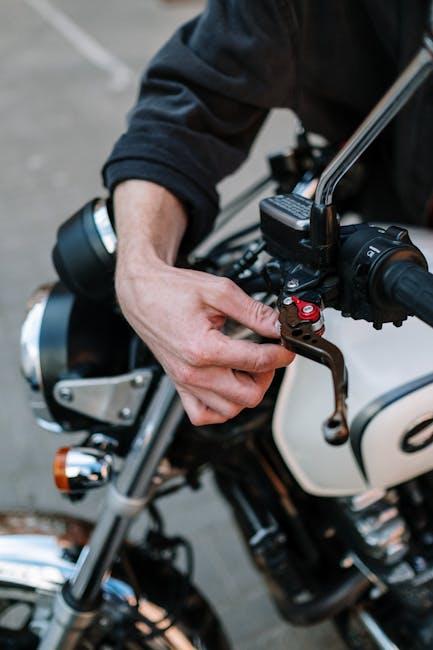
Signs Your Brakes Need Repair Before Costs Escalate
Ignoring the early warning signs of brake problems can lead to significantly higher repair expenses down the line. One of the most common indicators is a persistent squealing or grinding noise when applying the brakes, which often points to worn brake pads. Another subtle but critical sign is a vibration or pulsation felt through the brake pedal or steering wheel during braking. This might suggest warped rotors, which if left untreated, can cause uneven wear and damage to the entire braking system. Watch out for longer stopping distances too, as a decline in braking efficiency is a clear signal your vehicle needs immediate attention.
Additional symptoms include a soft or spongy brake pedal, which could be caused by air in the brake lines or brake fluid leaks. This can drastically reduce your vehicle’s ability to stop safely. Also, pay attention to dashboard warning lights, like the brake system alert, which can notify you of underlying issues before they escalate. Catching these signs early not only maintains your safety but can help you avoid costly repairs—such as rotor replacement or brake caliper fixes—that might become necessary if the problem progresses.
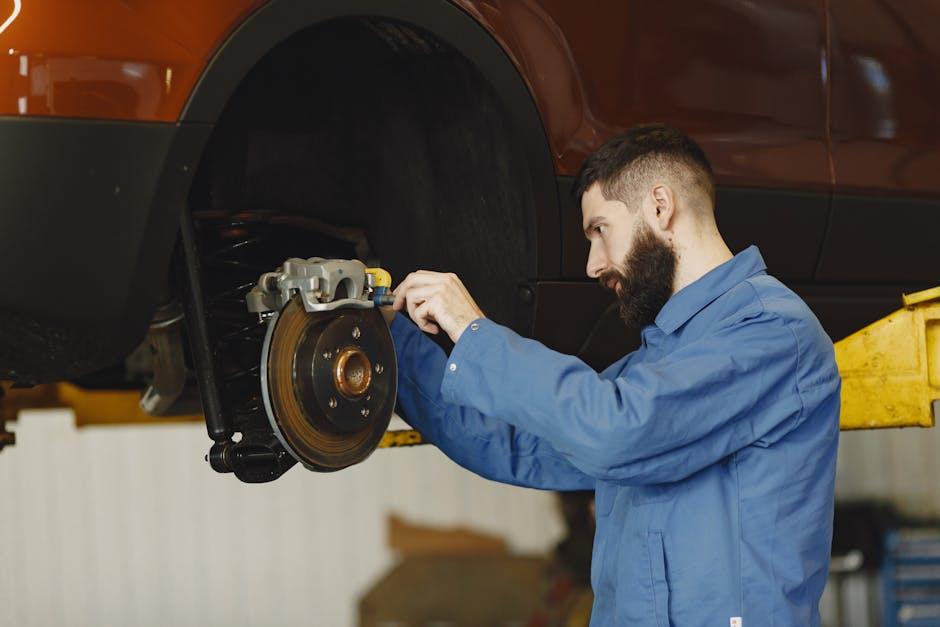
Tips for Choosing Affordable and Reliable Brake Repair Services
Finding a balance between affordability and reliability doesn’t have to be a guessing game. Start by checking customer reviews online—these real opinions give invaluable insights into service quality and honesty. Don’t overlook local recommendations; friends and family can often point you toward trustworthy mechanics. Also, always ask for a detailed estimate before any work begins to avoid surprise charges. Inquire about warranties on parts and labor since a reputable shop stands behind their repairs.
Consider these points to streamline your search:
- Compare multiple quotes but be cautious of prices that seem too good to be true.
- Look for certification such as ASE to ensure mechanics are qualified.
- Evaluate turnaround time without compromising quality; faster isn’t always better.
- Ask about the parts used—OEM vs. aftermarket can influence both cost and performance.
| Factor | Impact on Cost | Tip |
|---|---|---|
| Type of Vehicle | High | Choose shops experienced with your model |
| Parts Quality | Medium | Confirm type and warranty on parts |
| Labor Rate | High | Compare hourly rates locally |
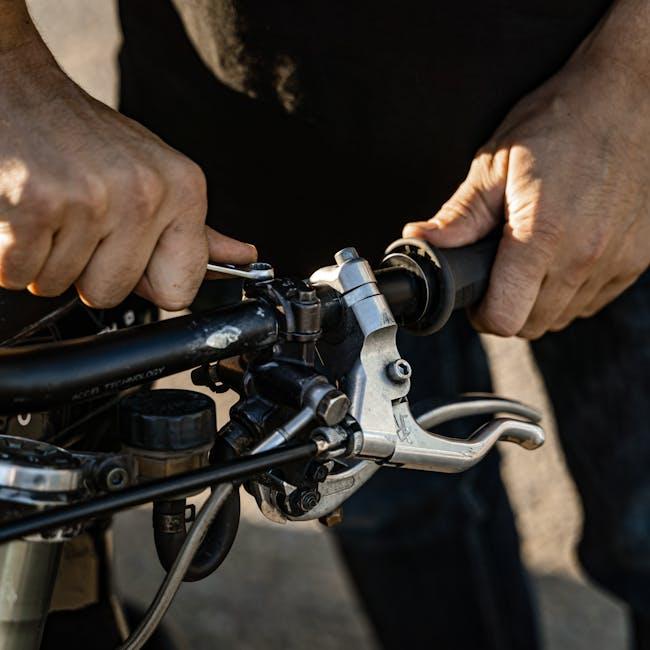
Evaluating When to Repair Versus Replace Brake Components
Deciding to repair or replace brake components hinges on several critical factors beyond just the visible wear. Brake pads, for instance, are typically cost-effective to replace and should be swapped out if their thickness drops below 3mm. However, if the brake rotors exhibit deep grooves or are warped, resurfacing them might be feasible, but only if the remaining thickness meets safety standards. Once rotors become too thin, complete replacement becomes the safer and more economical option in the long run.
It’s worth considering these points when making your decision:
- Lifespan: How much longer will the part last after repair?
- Cost comparison: Repair versus replacement expenses.
- Safety impact: Will repaired parts perform reliably under stress?
- Labor time: Some repairs may require additional labor, increasing overall costs.
| Component | Repair Cost | Replacement Cost | Recommended Action |
|---|---|---|---|
| Brake Pads | $50 – $80 | $70 – $120 | Replace if thickness is low |
| Brake Rotors | $40 – $60 (Resurfacing) | $100 – $200 | Resurface if thickness allows, else replace |
| Calipers | $60 – $100 (Rebuild) | $150 – $300 | Repair if minor issues, replace if leaking |
Ultimately, evaluating the cost alongside safety and the longevity of repaired parts will guide you toward the most cost-effective and secure choice, keeping your vehicle responsive and your peace of mind intact.
Q&A
Q&A: How Much Does Brake Repair Cost?
Q1: Why do brake repairs sometimes feel like a costly surprise?
A1: Brake repair costs can vary widely because the braking system has many components—from pads and rotors to calipers and sensors. The extent of wear, vehicle type, and labor rates all influence the final bill, turning a simple fix into a bigger expense if left unchecked.
Q2: What’s the average price range for replacing brake pads?
A2: On average, brake pad replacement runs between $150 and $300 per axle. This includes parts and labor. Premium pads or performance brakes might push that number higher.
Q3: When do rotors need attention, and how much does it cost to service them?
A3: Rotors might need resurfacing if they’re warped or can be replaced if too thin or damaged. Resurfacing typically costs around $30 to $75 per rotor, while replacement can range from $200 to $400 per axle.
Q4: Can I save money by only replacing brake pads and ignoring the rotors?
A4: It’s tempting, but skipping rotor replacement can reduce braking efficiency and uneven pad wear. For optimal safety and longevity, mechanics often recommend pairing new pads with either resurfaced or new rotors.
Q5: How does the make and model of my vehicle affect brake repair costs?
A5: Luxury or performance cars often have specialized brake components that cost more to replace. Conversely, standard sedans usually incur lower expenses for the same service due to widely available parts and simpler designs.
Q6: What about labor—how does that factor into the overall price?
A6: Labor rates vary by location and shop type. Urban and dealership service centers typically charge higher hourly rates, sometimes $100 or more, while independent mechanics might offer more affordable labor costs.
Q7: Are there signs I should watch for to avoid expensive brake repairs?
A7: Absolutely. Squealing, grinding noises, a soft brake pedal, or vibrations during braking are early warnings. Addressing these promptly often keeps costs lower and prevents more serious damage.
Q8: Is DIY brake repair a good way to cut costs?
A8: If you’re mechanically savvy and have the right tools, it’s possible to replace pads and rotors yourself. However, brakes are critical to safety—mistakes can be dangerous. When in doubt, professional inspection and repair are worth the investment.
Q9: Does regular maintenance affect long-term brake repair costs?
A9: Yes. Routine inspections and timely pad replacements help avoid rotor damage and more complex repairs, ultimately saving money and ensuring safer stops.
Q10: How can vehicle owners budget for brake repairs?
A10: Setting aside $150 to $300 every couple of years for brake maintenance is a practical approach. Keeping an eye on brake performance and scheduling regular service helps avoid sudden, larger expenses.
Closing Remarks
Braking down the numbers behind brake repair costs reveals more than just dollar signs—it highlights the value of safety and peace of mind on the road. While prices can vary based on the type of repair, vehicle model, and labor rates, understanding these factors empowers you to make informed decisions when your brakes need attention. Remember, investing in quality brake service isn’t just about maintaining your car; it’s about protecting yourself and those who share the journey. So next time you hear that telltale squeal or feel a subtle change beneath your foot, you’ll know it’s time—not just to crunch the numbers, but to take action for a smoother, safer ride.

